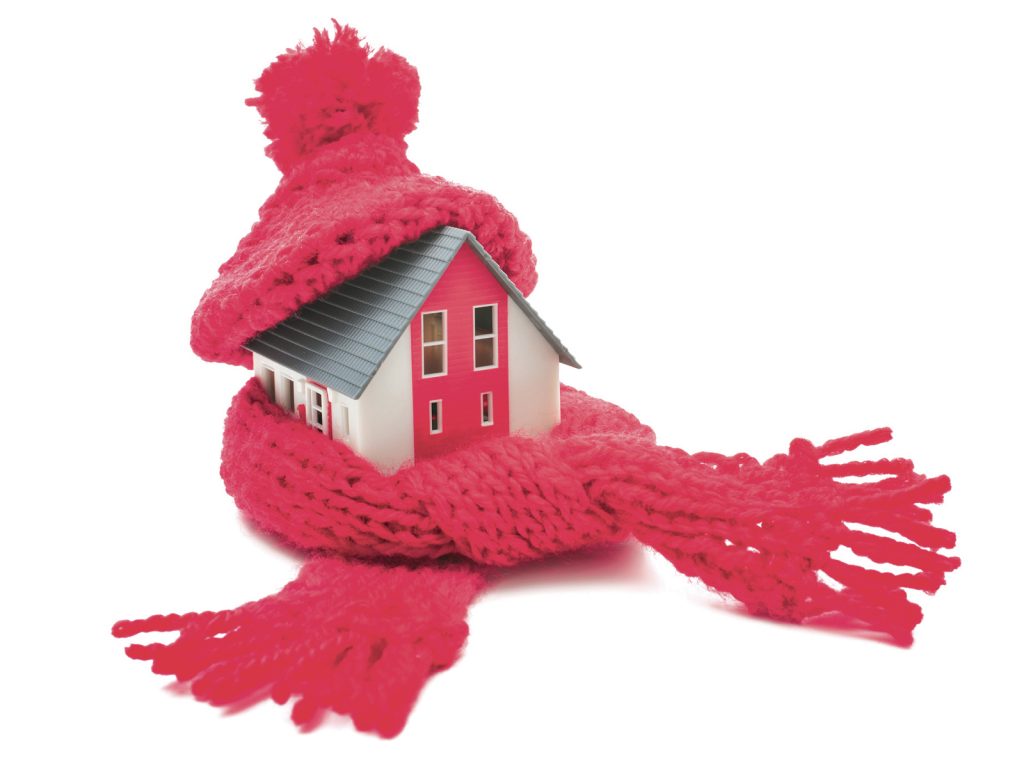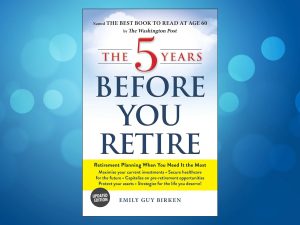With heavy snow, treacherous icy sidewalks, and bitter temperatures, it’s easy to understand how many people would prefer to curl up and hibernate inside throughout the winter months. This can be especially true for older adults who can be more at risk of falls, picking up cough and cold viruses or getting chilled cleaning snow off cars or waiting for transportation.
Outings, however, will still be necessary for us and the folks in our care who need to get to doctor’s appointments, exercise or recreational classes, friend and family occasions and dinner or coffee dates. In times like these, preparing and coping with slick winter conditions can be arduous for both the individual and caregivers. Here are a few ways to make things both safer and easier:
Bundle up: Preventing health loss or hypothermia is key. While a person’s first choice may be a heavy, bulky, and expensive parka, lighter layers may be more effective (and more comfortable). Start with a loose, long-sleeved base layer followed by a wool mid-layer and a waterproof, hooded jacket (with a longer waistline to help cover up). We replaced Dad’s jacket zipper with one with a larger pull tab … this made it easier for him to grasp, hold, and adjust the tab to open or close his coat as necessary.
Don’t forget the long underwear either (and don’t just trust that gents l put it on themselves– my father had Alzheimer’s disease and I always had to check to see if he did, indeed put them on)! Remember, mittens are easier to slip on and off and keep fingers together and can offer better insulation than gloves. Handwarmers (which can be activated and slid inside a pair of mittens can also be effective). Top off the senior’s winter ensemble with a warm hat which prevents up to 50 per cent of their body heat from escaping from the top of their head.
Wear boots: Heavy-duty footwear with non-slip, deep-tread soles will be the best choice—ideal for warmth and confidence on slippery parking lots and sidewalks. I have a pair of winter boots with removable insoles which can be pulled out and dried.
Think wool stocks to help absorb moisture and quick drying and boots that are slip-on (no struggling with laces) with Velcro fasteners for simple on and off. Strapping on ice picks to the sole of each boot, attaching an “ice gripper” to the base of a cane, and focusing on taking smaller steps can reduce the risk of falls on winter surfaces.
Prepare the car: Book the vehicles that will be used (yours and theirs) for a winter tune-up. Find a qualified mechanic to do this work early in the season if possible before appointments become hard to get. A full winter tune-up will include testing the battery, replacing the air filter (if dirty), examining all vehicle lights (headlights, reverse lights, brake lights, hazard lights, and turn signals). as well as looking for damage to belts and hoses, spark plugs, windshield wipers, and tires. Old and worn tires need to be replaced with good winter tires … these have deeper grooves to avoid snow buildup and drier tires will better grip the road underneath (and prevent a vehicle from sliding or getting stuck).
Pack a vehicle emergency kit: In addition to preparing a vehicle itself every family caregiver and older adult who still drives should be prepared for the inevitable. This is even more important if your travel involves highways, country roads and/or rural destinations.
It’s recommended that you always have a phone charger in your car and that you buy a lidded bin to place in the car trunk and stock it with the following:
• A wool blanket (or warm sleeping bag)
• Extra warm clothing (e.g. sweaters, coats, and boots)
• Bottles of water
• A well-stocked first-aid kit
• Energy bars/ non-perishable snacks
• Shovel, ice scraper, and snow brush
• Booster cables (four to six-gauge cables are recommended for standard vehicles)
• Tow rope
• Cat litter or sand (which can be poured underneath tires on icy roads to help gain traction)
• Full bottles of antifreeze, engine coolant, and window washer fluid
• A warning light
Keep your gas tanks full: Personally, I don’t like to see my vehicle’s gas needle drop below half a tank when it’s colder outside Winter driving can be slow and may require frequent stops, starts, and detours to avoid accidents or other delays on the road. Family caregivers transporting older adults may also wish run their vehicles for a few extra minutes to warm up before driving away. Expect to use a bit more gas throughout the winter months just keeping the car warm and your loved one safe and dry.
Carry medications and personal care items: On longer trips or times when you will be away from the house for a period of time, be sure to carry necessary pills, inhalers, injections, spare diapers and a change of clothes etc. In the winter there is always a possibility of a weather incident that can force you to change plans.
And fear not the appointments, errands and wintertime activities—they’re all still possible with a safety plan and a bit of caution. Being well prepared is always the best way to outsmart mother nature.

Winterize the home as well
As an adult son or daughter or even a close friend, it’s a best practice to check the building for anything that might require attention:
Check the furnace: To start with replace the air filter and vacuum or sweep out any dust/debris from air vents. A furnace professional can also be called to clean the furnace, check for any leaks, and ensure it is in good working order for the upcoming season.
Inspect all windows: We all want to keep cold air outside and not inside. By feeling around each window with a bare hand you can easily find where cold air enters. If you feel a draft, it is time to improve insulation to consider replacing the window. While you’re at it, check the caulking outside windows and the weather stripping. If a window frosts up, it could mean the interior humidity is too high.
Block baseboard drafts: Caregivers can also use the same bare hand test along a home’s baseboards. Any cold air entering can be stopped with caulking—a manageable job which doesn’t require a professional home handyman.
Watch out for space heaters: When you’re shopping for an electric heater, (the only kind to use indoors) choose a model that includes these following safety and certification features:
• automatic shut off in the event the heater tips over
• overheat sensors that will shut off the heater if the temperature gets too hot
• a grill to prevent fingers from getting too close to the heating element
• safety certification from an organization such as the Canadian Standards Association (CSA)
• electric space heaters can be a simple, inexpensive way to warm your home, however they should not be relied upon as your primary source of heat. It’s important to maintain your furnace to ensure proper heating of the home.
Keep the space heater 3 feet away from combustible materials, walls and furniture, water and anything wet. Do not use it to try clothes or bedding etc. Plug into the wall, without an extension cord and don’t leave unattended or overnight.
Arrange for snow clearing: Even if a senior is still capable of clearing his/her own sidewalks it still might not be a good idea. Using a snow blower or shoveling heavy snow can be tiring and may lead to injuries (muscle strains, etc.). In some areas an older adult can have complimentary snow removal from the municipality or use veterans services if they qualify to pay for snow shoveling.
Think ahead for success: If the forecast is bad, be sure to reschedule or at least don’t rush and call ahead to advise you might be delayed. Use the buddy system to stay safe and always check on older adults living alone on a daily basis.
Rick Lauber is a freelance writer. He has written two books, Caregiver’s Guide for Canadians and The Successful Caregiver’s Guide.













